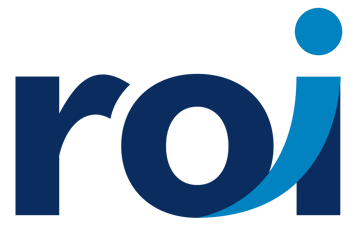The New Year is a great time to explore new ideas. And what better way than to think about how to use technology differently. With today’s technology where everything is “in the cloud,” you no longer have your database onsite.
So how do you access the data?
Are there restrictions on how to get the data?
Is my data held hostage?

Many of these databases are “shared tenants” which means the traditional methods of accessing data must now be controlled to secure each organization to their own instance of data. So, how do you get data out? What are the options to access data, crunch the numbers and still get to the information business owners are asking you to query for them?
Accessing the data in the “Cloud” is a new paradigm for some and it might actually be easier!
Consider these alternative ways to get at your data:
- Data Lake: A system or repository of data stored in its natural/raw format, usually object blobs or files
- Replication Sets: An Infor Landmark Technology feature that enables you to copy selected data to several different targets and schedule updates to the replicated data based only on what data has changed, all while leveraging relational database relationships
- File Creation Utility for HCM: Provides a method to customize a flat file for an integration or export and send that file through Infor Process Automation
Let’s explore some of the benefits of using these new methods. First, and foremost, the Data Lake, Replication sets, or combination of the two, allow you to stop running queries directly against the production database which can have a direct impact on system performance. This allows you to gain efficiency in speeds and feeds. They can be scheduled to update automatically with full or incremental changes. And, you don’t have to be a programmer to use them. These tools are designed in a way that the super user, who needs to create reports business leaders, can leverage on demand. They also make creating data sets for interfaces a whole lot easier!
The File Creation Utility in HCM is designed for that end-user reporting guru who often runs reports on demand for organizational leaders. From there, the data can be pulled into MS Excel, Crystal, MS Access and any of the other “traditional” tools that users may already be familiar with.
But, there is also a whole new world of integration to explore using the ION tools.
For those who support the business, it is important to know the functionality within each and the limitations. This will help you consider which tool would be appropriate to use when getting data requests from business owners.
Another benefit is that the technical team has more visibility into the functional aspects of the system and vice versa. This increases the ability for the tech staff and the end users to communicate, speak the same language and not in “tech-terms”! No need for SQL or programming expertise. You just need to know what data you need.
With the advent of new technologies, we are seeing a movement away from traditional programming with tools and functionality to empower the super users - who are not programmers. The tools in the Infor technology toolbox help achieve that nirvana of end-user reporting independence. But, in order to use these tools effectively, you will need to have a grasp of the Business Class structure. If you haven’t already, be sure to download the Table Definitions document for the modules which shows the details of each Business Class: fields, alpha/numeric, size, etc. It will be your reporting bible.
For more information on the Infor CloudSuite solutions, or to view our webinars, videos, eBooks, whitepapers, and more filled with knowledge to help you succeed, go to our website at: https://www.roihs.com

